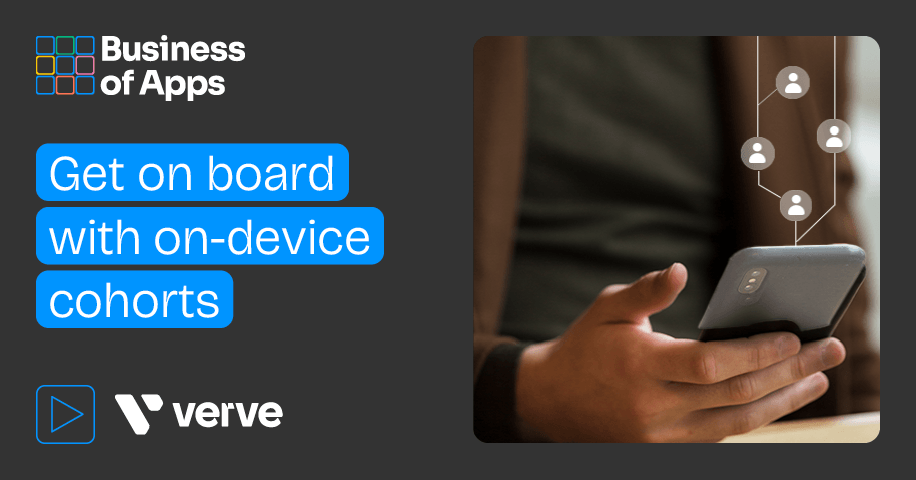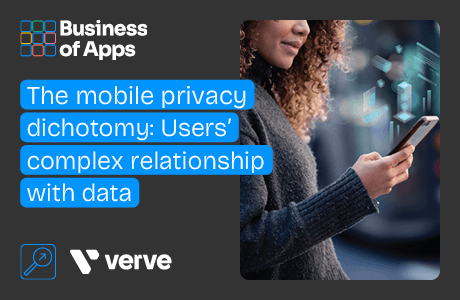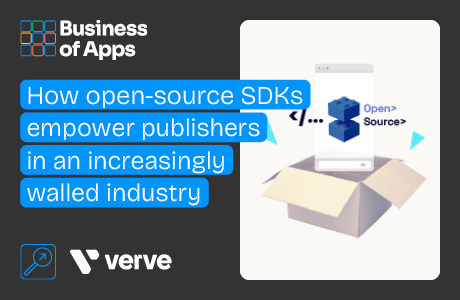App publishers are facing a data dilemma. Privacy regulations are restricting the use of mobile identifiers, and users are opting out of personalized advertising. This signal loss is leaving many publishers empty-handed.
So, how can publishers continue to show advertisers that their inventory and their audiences are attractive? Enter on-device cohorts.
Cohorts are groups of users who share observable characteristics over a certain period of time. These characteristics could be just about any variable: location, demographic, or, in the realm of mobile apps, specific events tied to user engagement within the apps.
Cohorts aggregate users based on commonalities and then pinpoint a specific user tied to a known ID (like Mobile ID). Therefore, cohort-based targeting is perfect for advertisers looking to reach particular audiences without needing unique identifiers — and by adopting a monetization solution that utilizes (on-device) cohorts to signal user value, publishers can attract these advertisers.
Not convinced yet? Let’s take a look at some more reasons why publishers need to start advocating for on-device cohorts.
Privacy compliance
As the name suggests, an important advantage of targeting via on-device cohorts is that the data stays on the device. This means that first-party data is gathered and processed within each user’s device, helping publishers ensure data privacy and security.
Keeping data secure is top priority as the alphabet soup of data privacy regulations (GDPR, CCPA, CPRA…) begins to boil over. Utilizing on-device cohorts helps publishers comply with today’s strictest data privacy regulations by ensuring that no personally identifiable information (PII) is used or transferred to third parties.
User experience
But privacy compliance isn’t just about keeping the policy-makers happy — it’s about the users themselves. Users are becoming increasingly aware of their digital privacy rights. Given the choice, the majority of users opt out of personalized advertising. On our marketplace, 70% of iOS traffic comes from users that do not permit the use of mobile IDs. And in a recent survey by Twilio, 62% of consumers said that protecting their data is the top way for brands to build their trust.
Users are making it clear what they want, and everyone in the advertising supply chain needs to listen. It has become vital that publishers demonstrate a real commitment to data protection — and one effective way to do that is to advocate for on-device cohorts. Investments made now in privacy-focused monetization tools will build trust with their users, and in turn, this trust can lead to better engagement and app loyalty.
Payments are silently stalling startup growth
High fees. Failed payments. Single point of failure. Our report shows why payments are holding startups back and how to fix it.
Download The ReportData quality
Users are taking action against intrusive advertising that exploits their identifying information; at the same time, however, contextually relevant advertising is vital for driving impressions and engagement. So, the key to user-friendly targeting is about striking a balance: ads need to be contextually relevant without feeling intrusive.
An IAS survey found that 63% of consumers prefer to see contextually relevant ads. And when it comes to unrelated ads, 35% of consumers find them annoying, 28% find them disruptive, and 22% said they are confusing. So, where is the middle ground where consumers see contextually relevant ads that do not rely on their personal information?
Using cohort data that is gathered on-device provides a new level of accuracy for targeting specific audiences. Advertisers no longer need to rely on potentially inaccurate third-party data for their campaigns. Instead, using on-device triggers to target users by cohort is an ideal way to deliver highly relevant advertising that users are more likely to find interesting and useful.
For example, ATOM 3.0 analyzes a wide array of device signals and real-world contexts, such as app usage patterns, session duration, session depth, gestures, and screen brightness. An innovative machine learning model uses these signals to group users into cohorts such as “Active Gamers,” “Frequent Shoppers,” and “Tech Enthusiasts.”
Competitive advantage
Early adoption of compliant targeting solutions is the key to future-proofing a monetization strategy. Rather than waiting around for another GDPR-level shakeup, publishers and advertisers alike are turning to cohort-based solutions, fully embracing the “privacy by default” mindset.
Currently, less than half of publishers offer cohort-based targeting solutions; yet, 82% of advertisers currently use or plan to implement cohort-based targeting by 2025. This represents a huge opportunity for publishers.
Adoption of cohort-based targeting solutions
Source: AdExchanger/Verve
Brands are in need of advertising solutions that align with their own commitments to data privacy. Of those not already using cohort-based targeting, 70% will likely adopt it by the end of next year. Publishers can attract these brands by going beyond the current privacy standards and integrating on-device cohorts.
Improved bid rates and eCPMs
At the end of the day, the work that publishers put into integrating a privacy-focused cohort-based targeting solution will pay off.
In the absence of identifiers, on-device cohorts allow advertisers to continue to reach their intended audience — and this is something that brands are willing to pay for. Compared to the IDFA-less eCPMs we see today, publishers integrating ATOM 3.0 achieve improved bid rates and higher eCPMs.
Emerging privacy-enhanced technology
ATOM 3.0 is Verve’s on-device cohort targeting technology, providing publishers with a privacy-centric framework for monetizing their mobile inventory. ATOM 3.0 uses machine learning to process on-device and contextual signals to predict user traits and segment them into cohorts. By circumventing the need for unique identifiers, ATOM 3.0 is a secure and future-proof tool for mobile publishers.
Publishers ready to get on board with on-device cohorts can get in touch with Verve to begin integrating ATOM 3.0 via the HyBid SDK 3.0.













